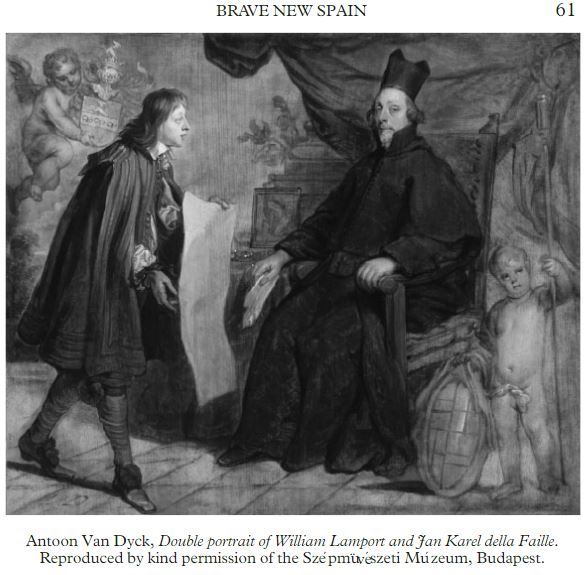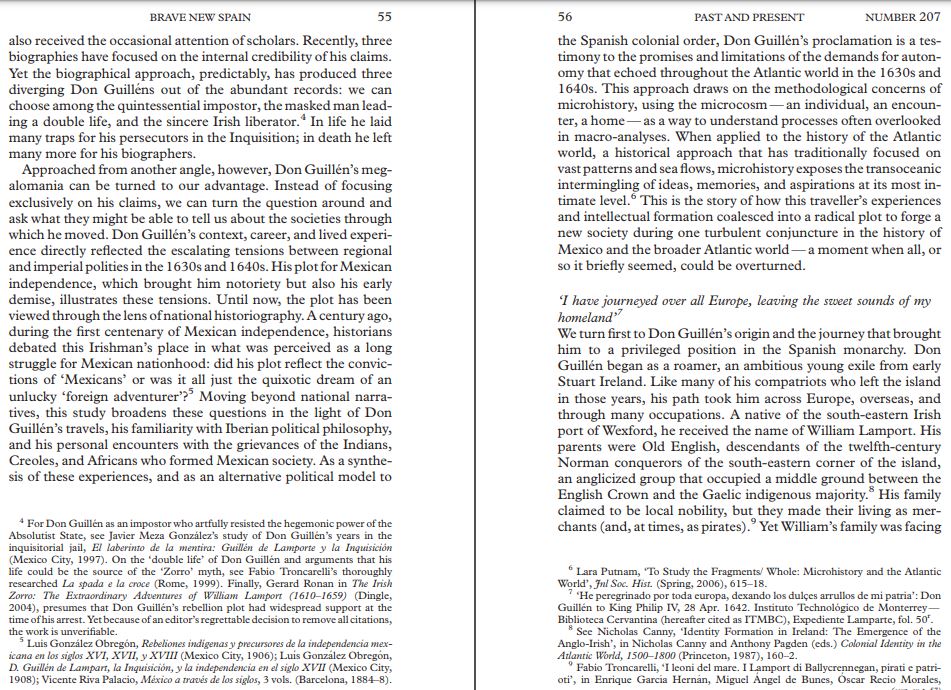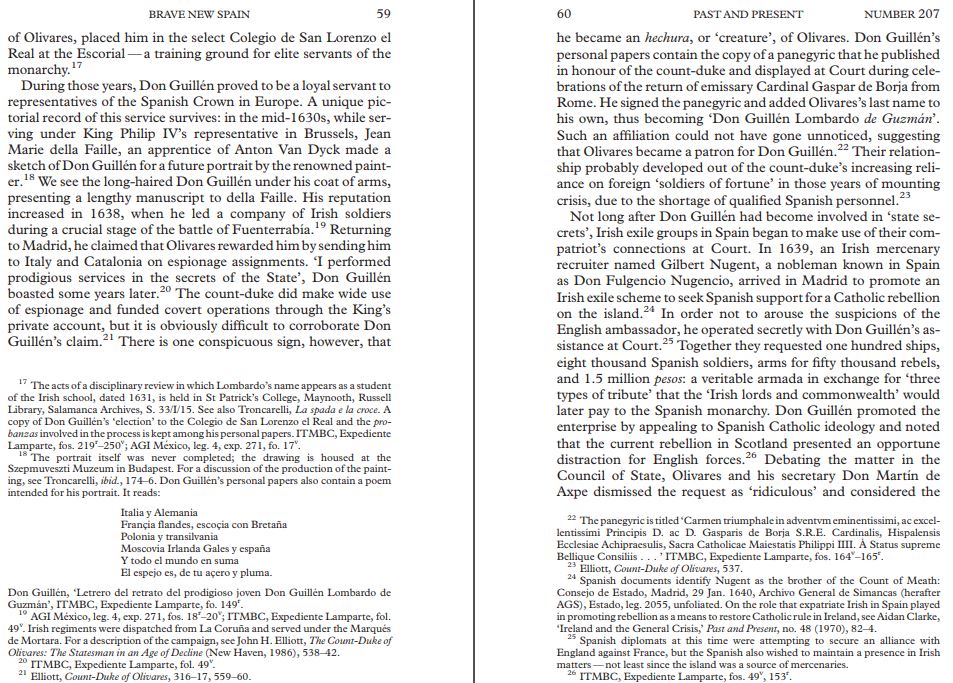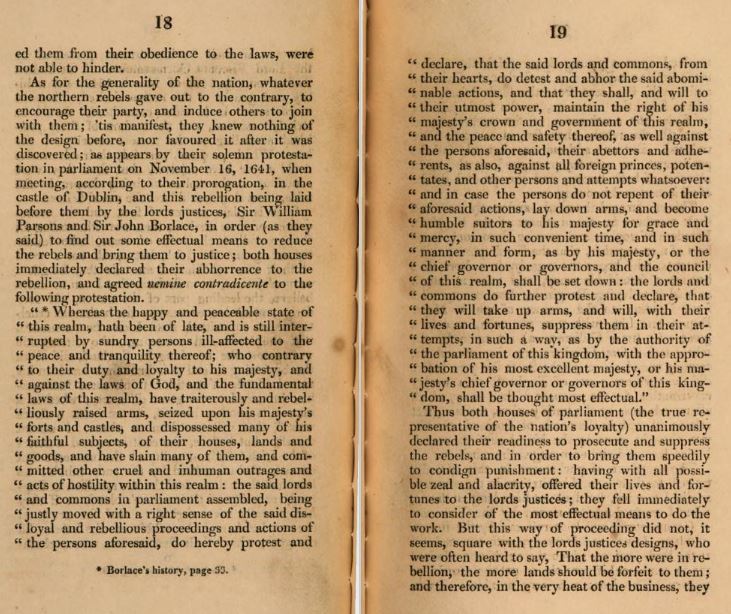
How to get URL link on X (Twitter) App


https://twitter.com/IndianTintin_/status/1796150923913302284Indians do have a genuine, ancient and living connection to the ur-tradition of the Indo-European peoples, to which they are entitled to some measure of real pride, and yet their diaspora somehow manage to reduce this connection to the level of ethnic careerism. Remarkable.


 A more thorough and up-to-date discussion of this motif, which the author agrees was quite probably inspired by the ancestors of the Chillingham cattle.
A more thorough and up-to-date discussion of this motif, which the author agrees was quite probably inspired by the ancestors of the Chillingham cattle.



https://twitter.com/LandsknechtPike/status/1773833176151953835More below.
https://twitter.com/turbarius/status/1653722891874103296

https://twitter.com/turbarius/status/1629835926741430272
 '...the structural position of the poet in each society, is remarkably similar in India and Ireland, and the Irish system remained basically static over the 1000 years from the beginning of our documentation to the collapse of the Gaelic world.' P. 75-6.
'...the structural position of the poet in each society, is remarkably similar in India and Ireland, and the Irish system remained basically static over the 1000 years from the beginning of our documentation to the collapse of the Gaelic world.' P. 75-6.https://twitter.com/turbarius/status/1678379077865021440



https://twitter.com/turbarius/status/1685354385629474816


 A youth spent in the cuire (*Koryos) preceded an adulthood as an aire (*Aryos), meaning a freeman.
A youth spent in the cuire (*Koryos) preceded an adulthood as an aire (*Aryos), meaning a freeman. 






 https://t.co/3LG7NDpXBn
https://t.co/3LG7NDpXBnhttps://twitter.com/turbarius/status/1681696919662231552





https://twitter.com/SilAbusALT/status/1662827158731907072I have a lot to say about the Honourable the Irish Society by the way, and all going well have something longform finished about them shortly.

https://twitter.com/AnMailleach/status/1662750328272429056



 He is believed to have been of Menapian Belgic race, and to have been a ‘citizen of Menapia’, but to have been such he must have belonged to a city of that name, and the city of Menapia (or Manapia) in Ireland (identified with Wexford, Waterford or Ferns) was the only such city.
He is believed to have been of Menapian Belgic race, and to have been a ‘citizen of Menapia’, but to have been such he must have belonged to a city of that name, and the city of Menapia (or Manapia) in Ireland (identified with Wexford, Waterford or Ferns) was the only such city. 


 R. D. Crewe, 'Brave New Spain: An Irishman’s Independence Plot in Seventeenth-Century Mexico', Past & Present, 207(1), (2010), pp. 53–87.
R. D. Crewe, 'Brave New Spain: An Irishman’s Independence Plot in Seventeenth-Century Mexico', Past & Present, 207(1), (2010), pp. 53–87. 






 Herbert Compton, A particular account of the European military adventures of Hindustan, from 1784 to 1803 (London, 1892).
Herbert Compton, A particular account of the European military adventures of Hindustan, from 1784 to 1803 (London, 1892). 




https://twitter.com/CityBureaucrat/status/1638286926301020163
 On a serious note, there is abundant evidence of some kind of connection between the Semitic (or at least Afro-Asiatic) and Insular Celtic peoples.
On a serious note, there is abundant evidence of some kind of connection between the Semitic (or at least Afro-Asiatic) and Insular Celtic peoples. https://twitter.com/turbarius/status/1582800163885633537




 Johnston was a Home Ruler of Ulster Protestant background and eventually a senator in the Irish state.
Johnston was a Home Ruler of Ulster Protestant background and eventually a senator in the Irish state. 







 There is an idea that the Irish Confederates were Royalists without national consciousness, but Castlehaven, an English Catholic Royalist who fought alongside them, described the Irish rebellion which triggered the Confederate Wars explicitly as a 'Milesian' nationalist uprising.
There is an idea that the Irish Confederates were Royalists without national consciousness, but Castlehaven, an English Catholic Royalist who fought alongside them, described the Irish rebellion which triggered the Confederate Wars explicitly as a 'Milesian' nationalist uprising.

 If we allow ourselves to be mired in this reactive antipathy we will become no better than the German-surnamed teenagers in Idaho who earnestly hate Ireland because it goes with the Boston Brahmin LARP they are performing.
If we allow ourselves to be mired in this reactive antipathy we will become no better than the German-surnamed teenagers in Idaho who earnestly hate Ireland because it goes with the Boston Brahmin LARP they are performing.

https://twitter.com/turbarius/status/1588269191794069504The Anglo-Irish landlord Henry Piers (in general a relatively sympathetic observer of the Gaelic Irish) noted this in his 1682 Chorographical Description of West-Meath.


https://twitter.com/turbarius/status/1591084956398522368
 Heinrich Wagner, ‘The Celtic invasions of Ireland and Great Britain: Facts and Theories’ (1987: 19–20), quoted in Hewitt, 'The Question of a Hamito-Semitic substratum in Insular Celtic' in Compass 3/4 (Jul., 2009), pp. 972–995.
Heinrich Wagner, ‘The Celtic invasions of Ireland and Great Britain: Facts and Theories’ (1987: 19–20), quoted in Hewitt, 'The Question of a Hamito-Semitic substratum in Insular Celtic' in Compass 3/4 (Jul., 2009), pp. 972–995. 

https://twitter.com/turbarius/status/1583398547583401984



 It is almost impossible to overstate the damage his Anglo-Irish school of revisionist historiography has done to spiritual, cultural, intellectual, moral and artistic life in Ireland.
It is almost impossible to overstate the damage his Anglo-Irish school of revisionist historiography has done to spiritual, cultural, intellectual, moral and artistic life in Ireland. 




 Do not misunderstand me. I appreciate Irish Georgian architecture, support its preservation and highly encourage building in organic conformity with it. But I am annoyed by the attitude which overrates it, which is allied to various kinds of philistinism.
Do not misunderstand me. I appreciate Irish Georgian architecture, support its preservation and highly encourage building in organic conformity with it. But I am annoyed by the attitude which overrates it, which is allied to various kinds of philistinism.



 Pops0n (may he RIP) used to joke about how some ghetto blacks he knew thought white people were magical beings. A certain type of Irishman of whom Banville is chief thinks Prods are elves. He equates them with the Tuatha Dé Danann.
Pops0n (may he RIP) used to joke about how some ghetto blacks he knew thought white people were magical beings. A certain type of Irishman of whom Banville is chief thinks Prods are elves. He equates them with the Tuatha Dé Danann.